As the world increasingly seeks sustainable energy solutions, wind power has emerged as a leading contender in the renewable energy sector. Innovations in turbine technology are pivotal to maximizing the efficiency and effectiveness of wind energy generation. This article explores some of the most significant advancements in turbine technology that are transforming the wind energy landscape.
1. Enhanced Turbine Design
Modern wind turbines have seen significant improvements in design and efficiency. Advances in aerodynamics have led to the creation of larger rotor blades that can capture more wind energy. The trend toward longer blades allows turbines to harness low-speed winds more effectively, increasing their energy output. For instance, some of the latest turbine models feature blades exceeding 80 meters in length, which can significantly enhance energy generation in various wind conditions.
2. Offshore Wind Turbines
Offshore wind farms are becoming increasingly popular due to their potential for higher energy yields. The absence of physical obstructions and the stronger, more consistent winds found at sea make offshore turbines highly effective. Recent innovations in floating turbine technology allow for the deployment of wind farms in deeper waters where traditional fixed-bottom turbines cannot be installed. This expands the geographical range for wind energy generation and allows for harnessing stronger wind resources.
3. Vertical Axis Wind Turbines (VAWTs)
While traditional wind turbines typically feature horizontal axes, vertical axis wind turbines (VAWTs) are gaining attention for their unique advantages. VAWTs can capture wind from any direction, eliminating the need for complex yaw mechanisms to turn the turbine towards the wind. This design also tends to be quieter and safer for birds and bats, addressing some environmental concerns associated with traditional turbine models. Innovations in materials and construction are making VAWTs more viable for both urban and rural applications.
4. Smart Turbines and IoT Integration
The integration of smart technology into wind turbines is revolutionizing how we monitor and maintain these systems. Sensors and IoT (Internet of Things) technology allow for real-time data collection on turbine performance, enabling predictive maintenance and minimizing downtime. By analyzing data on wind speeds, turbine efficiency, and operational health, operators can optimize energy production and reduce operational costs.
5. Advanced Energy Storage Solutions
As wind energy generation can be intermittent, innovative energy storage solutions are being developed to complement turbine technology. Technologies such as lithium-ion batteries and pumped hydro storage are becoming more integrated with wind farms, allowing excess energy generated during peak wind conditions to be stored and used when demand is high. This enhances the reliability of wind power as a consistent energy source.
6. Digital Twin Technology
Digital twin technology involves creating a virtual model of a wind turbine to simulate its performance under various conditions. This approach enables engineers to predict how turbines will behave over time and optimize their design before actual deployment. By analyzing data from existing turbines, operators can enhance maintenance schedules, improve design features, and ultimately increase the lifespan and efficiency of wind installations.
7. Sustainability in Materials
The sustainability of wind turbine production is also a growing concern. Innovations are being made in the materials used to construct turbine blades and other components. Researchers are exploring alternatives to traditional fiberglass and carbon fiber composites, looking for biodegradable or recyclable materials to reduce environmental impact. This shift not only makes wind energy more sustainable but also addresses concerns related to end-of-life disposal of turbine components.
Conclusion
Innovations in turbine technology are transforming the wind energy landscape, making it a more viable and efficient source of renewable energy. As design advancements, smart technologies, and sustainable practices continue to evolve, the potential for wind power to contribute significantly to global energy needs becomes increasingly evident. With ongoing research and development, the future of wind energy looks bright, positioning it as a cornerstone of the transition to a sustainable energy future. The harnessing of wind power is not just a necessity but an opportunity to innovate and create a greener planet for generations to come.
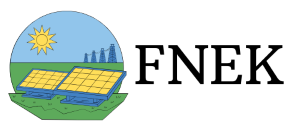
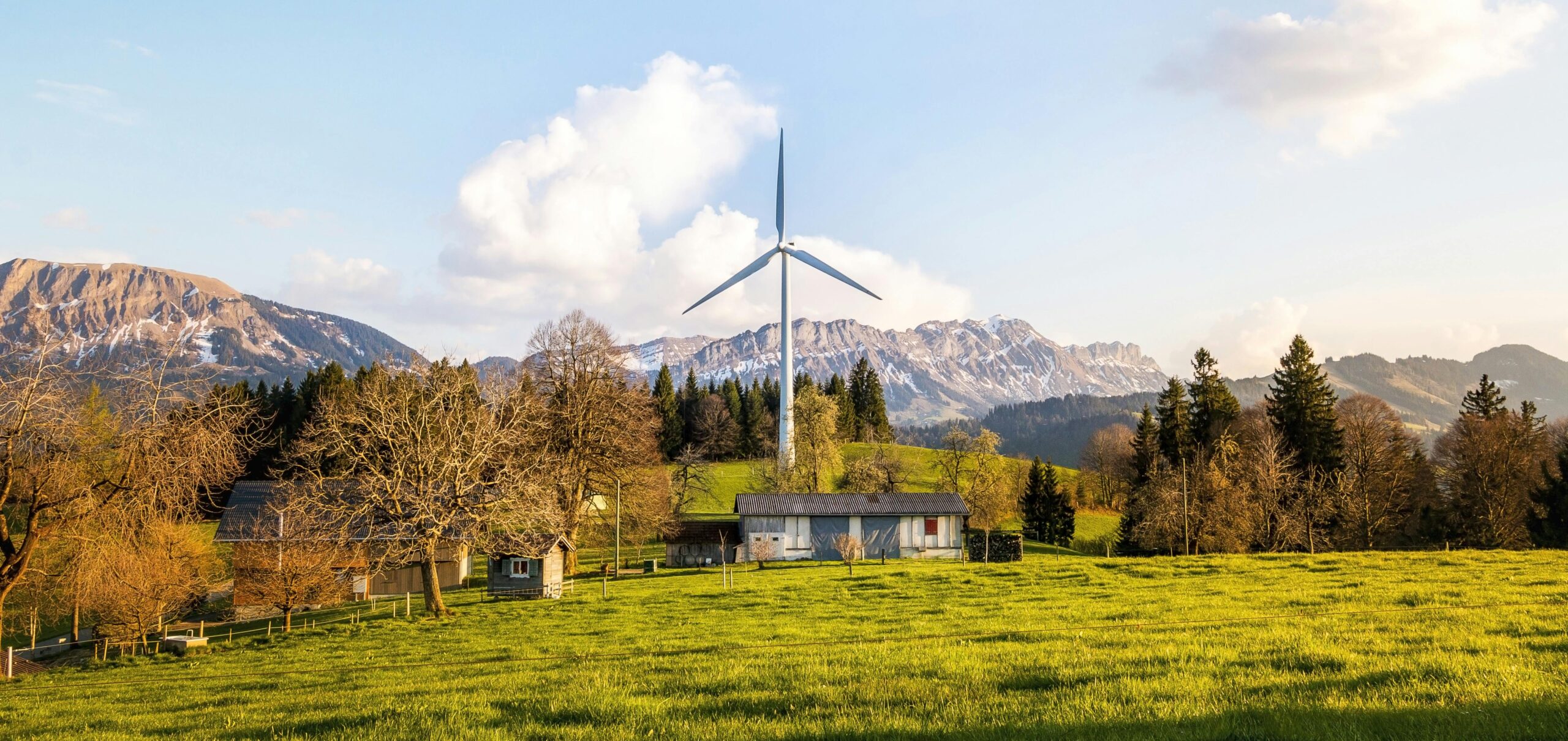
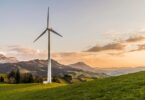
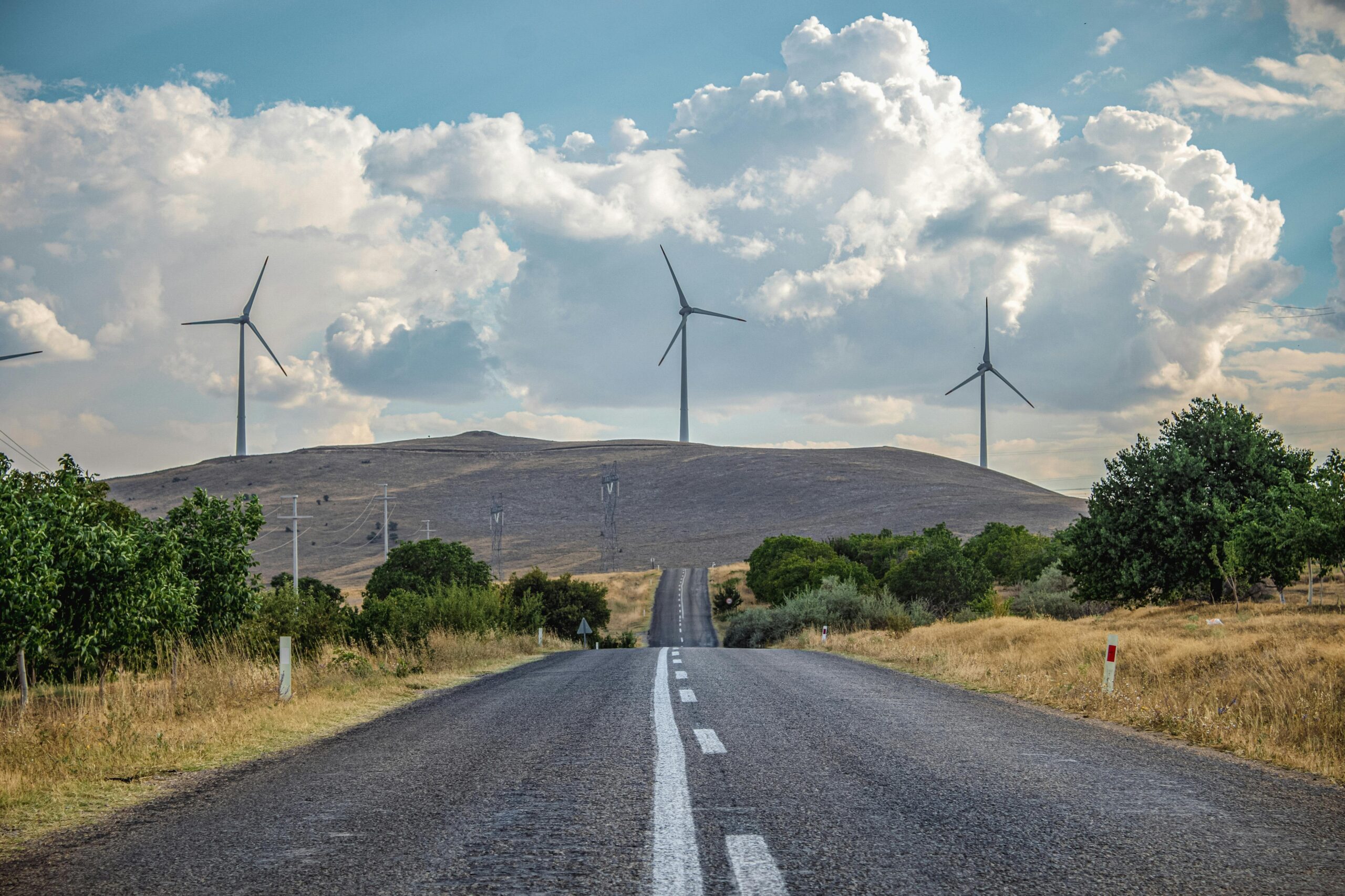


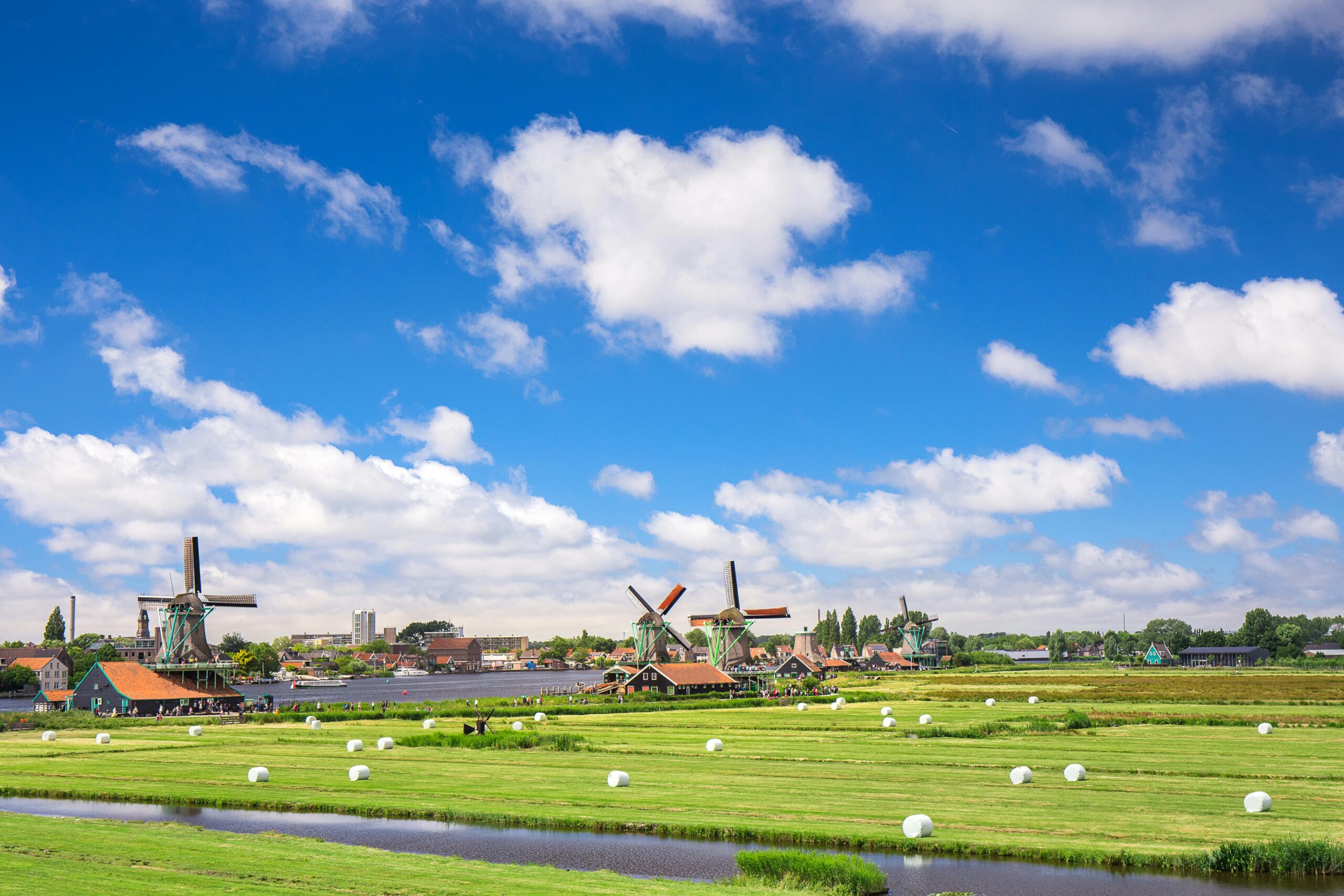

Leave a Comment